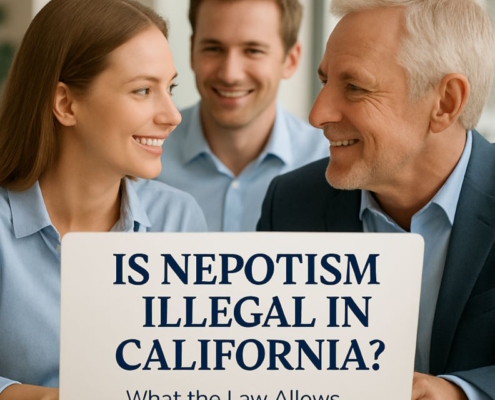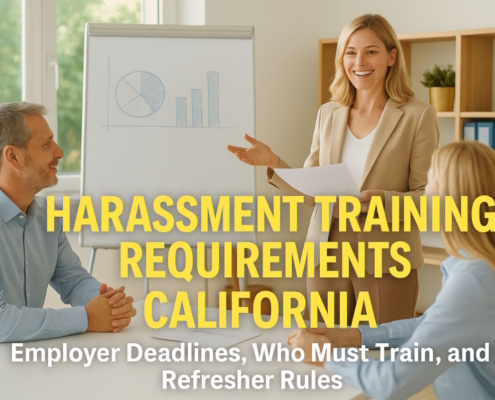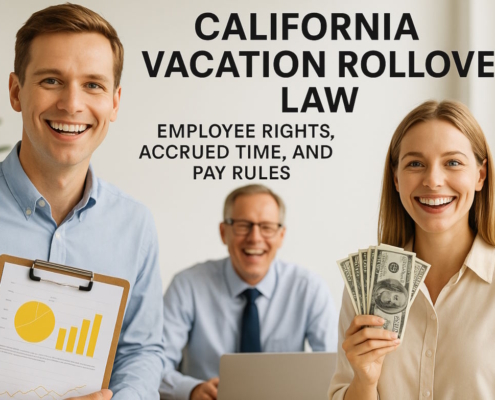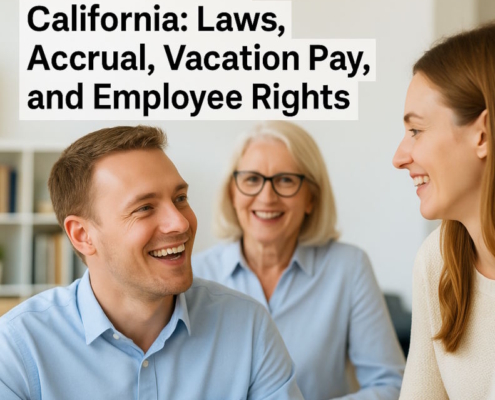What is FITW Tax?
A FITW tax or Federal Income Tax Withholding is a federal income tax that is withheld from a worker’s wages.
By Douglas Wade, Attorney
Email | Call (800) 484-4610
Paste article, 1 of 3 parts. ensure proper formatting.
FITW is short for “federal income tax withholding.” Withholding is one way that employees can pay federal income taxes to the government before they file taxes at the end of the year.
FITW refers to federal income taxes deducted from employee earnings. FITW also includes earnings and benefits contingent upon withholding federal income taxes.
FITW differs from annual deductions all taxpayers make to reduce taxable income when they fill out their yearly returns. This article will further explain the significance of federal income tax withholding and its relevant policies and procedures.
In this article, our attorney for employers discusses FITW as follows:
How Does FITW Tax Work?
When paying employees their earnings, each employer in California withholds a portion of the payment for tax purposes. When employers withhold a significant amount, the taxpayer receives a refund at the end of the year.
When employees earn more than normal during a pay period, perhaps due to a commission or a bonus, their FITW increases.
When workers earn less, perhaps due to a retirement plan contribution or a schedule that demands fewer hours, their FITW decreases
Based on the employer’s data and the worker’s yearly earnings, the company reports the FITW numbers to the Internal Revenue Service (IRS) on behalf of its workers.
An employee’s FITW is only one of many deductions employers and the IRS subtract from monthly gross pay.
How is Income Tax Different than FITW Tax?
In the US, taxpayers pay their income taxes according to a certain system. As individuals and businesses earn income, they pay taxes as they go instead of a “lump” payment at the year’s end.
Typically, individuals pay federal income tax withholding deductions without having to do anything. Instead, employers subtract these ongoing payments to different entities and plans from the worker’s gross paychecks.
Some people do not earn traditional paychecks, such as self-employed company owners. This group must pay their estimated taxes by the quarter instead of participating in the withholding process.
What is the Purpose of the W-4 Form?
The main purpose of a W-4 form is to provide companies with the ability to compute their employees’ withholding amounts. Employers ask their employees to fill out W-4s from the IRS to report their FITW deductions.
Employees can update their tax information anytime.
For example, if a person’s job details, earnings, or other information changes, they can change their W-4 information to increase their withholding amounts.
Workers can also decrease their withholding amounts at any time.
What Are Examples of Withholding?
Employees must withhold the correct amount from their earnings.
The specific amount depends on the employee’s earnings and their W-4 information.
For example, a married employee goes into a different category than a worker who is single.
Additionally, taxpayers can withhold less from their paychecks when they claim exemptions for dependents. Workers’ financial situations also influence how much their FITW amounts to.
For example, an employee who makes passive income from their real estate ventures can increase their withholding amount to pay the added taxes on their additional income.
Conversely, when taxpayers have significant deductible expenses, such as charitable donations or mortgage interest payments, they may be able to lower their withholding amounts. Taxpayers who lower their withholding rates pay fewer taxes.
Employees can use the IRS website and online calculator to determine where your income and personal details fit.
What Are the Other Deductions on Paychecks?
In addition to FITW, taxpayers may have to pay the following:
- Social Security deductions
- Medicare deductions
Employees may also have to comply with non-government deductions such as:
- Union due payments
- Retirement plans such as 401(k)s
- Health insurance payments
However, the most significant withholding is federal income tax, the amount of which is based on the following:
- The worker’s gross income
- The details of their W-4 form
- Other contributing factors
How Does One Calculate FITW?
The IRS computes FITW by using three main sources of information:
- The amount of the person’s taxable wages
- The individual’s W-4 form
- The frequency with which their employer pays them
Can Individuals Refuse to Pay Federal Income Tax?
US taxpayers cannot refuse to pay taxes.
However, they must submit timely payments, and failing to do so can provoke unwanted circumstances, such as fines, imprisonment, criminal charges, civil penalties, and seizure of accounts and property.
How Can Individuals Lower Their Tax Bills?
- Use tax credits
- Collect investment losses and use them to one’s advantage
- Give money to a HAS
- Save earnings for retirement
- Give to charities
- Max out company expenses
- Provide a college fund for offspring
Why Contact a Skilled Tax Attorney in California?
For both employees and employers, paying taxes can provide a challenge.
At Nakase Wade, our experienced corporate attorneys understand the complexities of California’s state taxes and those of the federal government. If you have any questions about your company’s tax situation or are a taxpayer seeking tax advice, contact us today for a free consultation.
Have a quick question? We answered nearly 2000 FAQs.
See all blogs: Business | Corporate | Employment
Most recent blogs:
































